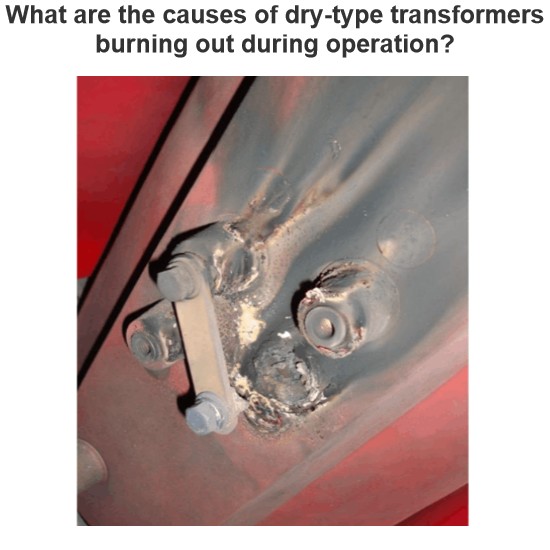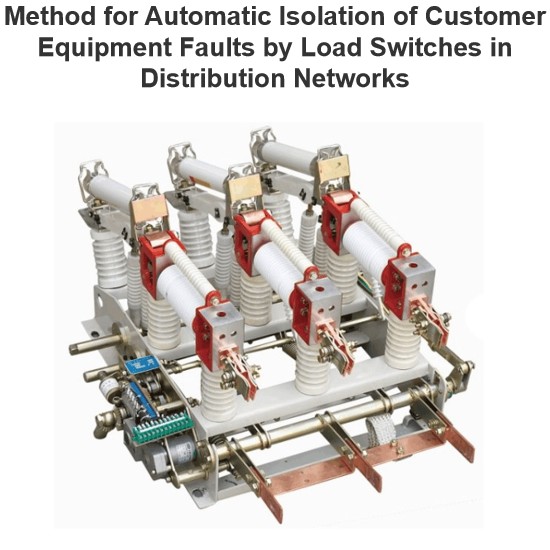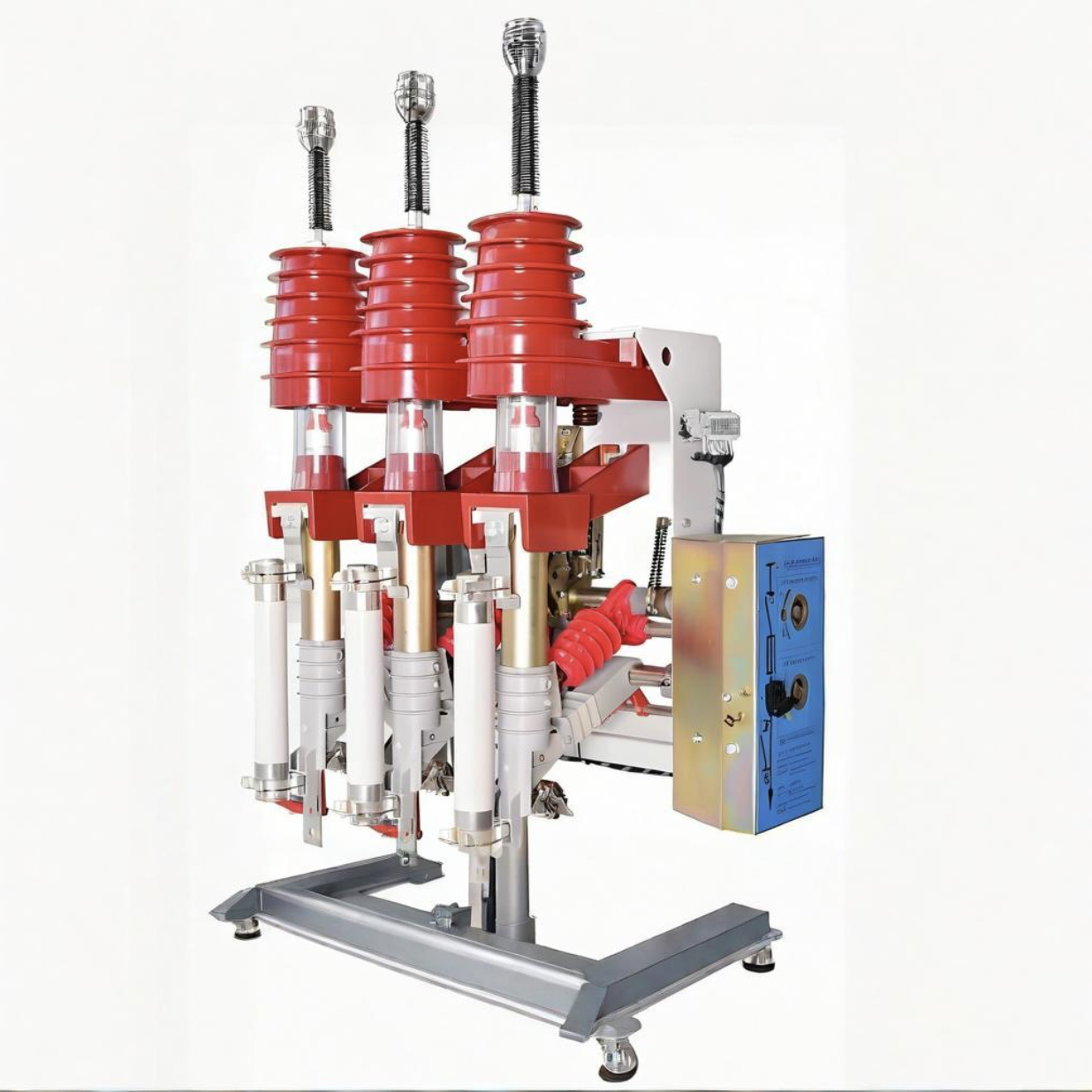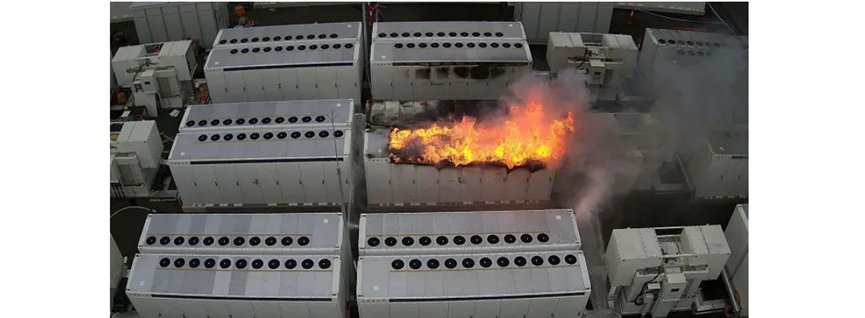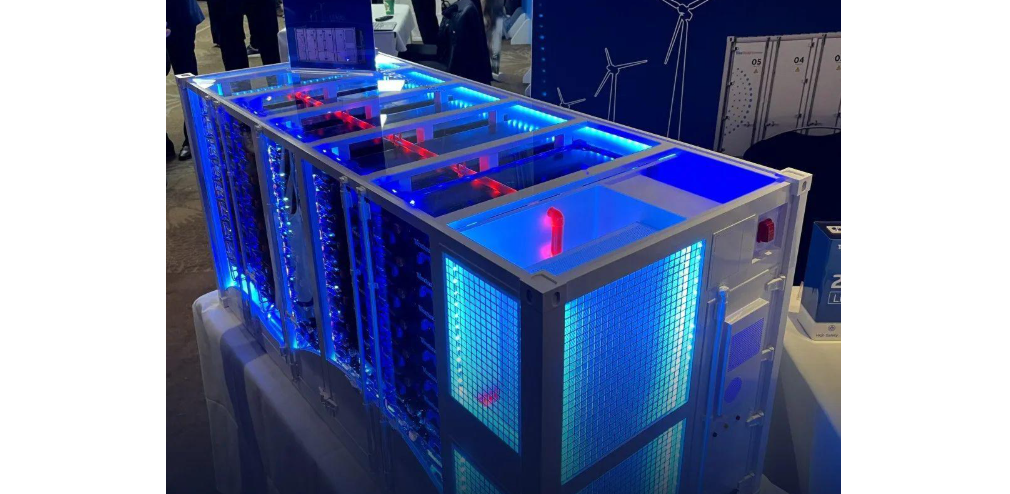As an important part of the new power system, the stable operation of commercial and industrial energy storage systems is directly related to energy utilization efficiency and enterprise economic benefits. With the rapid growth of the installed capacity of commercial and industrial energy storage, equipment failure rate has become a key factor affecting investment returns. According to data from the China Electricity Council, in 2023, the proportion of unplanned outages of energy storage power stations reached more than 57%, and more than 80% of them were caused by problems such as equipment defects, system abnormalities, and extensive integration. In my years of front - line practice in commercial and industrial energy storage, I have dealt with various system failures. Now, I will systematically analyze the common fault types, causes, and solutions of each subsystem of commercial and industrial energy storage equipment to provide practical guidance for system operation and maintenance.
1. Common Faults and Cause Analysis of Battery Systems
The battery system, as the core energy storage unit of the energy storage system, its faults directly affect the overall performance of the system.
1.1 Battery Aging
Battery aging is one of the most common fault types in commercial and industrial energy storage systems, mainly manifested as cycle life attenuation, internal resistance increase, and energy density decrease. In my on - site investigations, according to 2023 data, after a 2.5 - year service cycle, the capacity attenuation of lithium iron phosphate batteries reaches 28%, and that of ternary lithium batteries reaches 41%, far exceeding industry expectations. This attenuation is mainly caused by factors such as battery material aging, electrode structure changes, and electrolyte decomposition, resulting in a decrease in battery energy storage capacity and a reduction in the overall efficiency of the system.
1.2 Thermal Runaway
Thermal runaway is the most dangerous fault type in the battery system. Once it occurs, it may lead to fire or even explosion. In my experience in handling emergency cases, thermal runaway is usually caused by abnormal temperature gradients. When the internal temperature of the battery exceeds 120°C, a chain reaction may be triggered. For example, in a commercial and industrial energy storage project I was involved in, the temperature difference of the battery module exceeded 15°C, triggering the BMS protection mechanism and causing the system to shut down. The inducements of thermal runaway include over - charging, over - discharging, external short - circuit, internal micro - short - circuit, and mechanical damage. Among them, the inconsistency inside the battery is the main risk factor.
1.3 Oxidation and Corrosion of Battery Connectors
The oxidation and corrosion of battery connectors are common but easily overlooked faults in commercial and industrial energy storage systems. In high - humidity environments, which I have encountered many times in coastal projects, battery connectors are prone to oxidation, resulting in increased contact resistance, which in turn causes local overheating and thermal runaway. For example, during the "return of southern humidity" in Guangdong, a large amount of condensed water appeared inside some energy storage cabinets, causing connector oxidation and frequent system shutdowns. In addition, the leakage of electrolyte and gas evolution inside the battery are also common faults, which may lead to battery performance degradation and safety hazards.
2. Common Faults and Cause Analysis of Battery Management System (BMS)
The BMS is the "brain" of the energy storage system, responsible for battery state monitoring, protection, and management.
2.1 Communication Failures
Communication failures are the most common problem of BMS, accounting for 34% of BMS - related failures. In my daily debugging work, communication failures are mainly manifested as the inability of BMS to interact normally with the upper - level system, unable to transmit battery state data or receive control commands. This is usually caused by factors such as CAN bus interference, poor connector contact, and protocol incompatibility. For example, in a commercial and industrial energy storage project, the communication protocol between BMS and PLC was incompatible, resulting in the inability to correctly execute charging and discharging commands, and the system efficiency decreased by more than 20%.
2.2 SOC/SOH Estimation Deviation
The SOC/SOH estimation deviation is another common fault of BMS. In projects I have participated in, if the SOC estimation error exceeds 8%, it will cause the charging to terminate too early or too late, affecting battery life and system efficiency. The SOC estimation deviation is mainly caused by factors such as temperature influence, battery inconsistency, insufficient current sensor accuracy, and algorithm defects. For example, in an energy storage project in a high - temperature environment, the SOC estimation error of BMS was as high as 12%, resulting in the battery not being fully utilized and seriously affecting the revenue.
2.3 Firmware Version Conflicts and Software Defects
Firmware version conflicts and software defects are also common problems of BMS. With the improvement of the intelligence level of energy storage systems, the complexity of software increases, and software vulnerabilities and compatibility issues become increasingly prominent. For example, Tesla Model 3 once had a situation where the BMS firmware version V12.7.1 was incompatible with the control system, resulting in abnormal charging for 12% of car owners. In addition, the degradation of BMS sensor accuracy and abnormal data collection are also common faults, which may be caused by factors such as sensor aging, electromagnetic interference, and signal transmission problems.
3. Common Faults and Cause Analysis of Power Conversion System (PCS)
PCS is the core equipment for electric energy conversion in the energy storage system, responsible for converting direct current to alternating current or vice versa.
3.1 Efficiency Decline
Efficiency decline is the most common problem of PCS, mainly manifested as a decrease in charging and discharging conversion efficiency. In the actual measurement work I have done, according to test data, the average charging conversion efficiency of traditional two - level PCS is 95% (above 30% load), and the discharge conversion efficiency is 96% (above 30% load); while the PCS using T - type three - level inverters has an average charging conversion efficiency of 95.5% (above 30% load) and a discharge conversion efficiency of 96.5% (above 30% load). The efficiency decline is usually caused by factors such as aging of IGBT/MOSFET modules, poor heat dissipation, and unreasonable control strategies. For example, in a commercial and industrial energy storage project, PCS was operated at high temperatures for a long time, resulting in aging of IGBT modules, the efficiency dropped to below 93%, and the system revenue decreased by 15%.
3.2 Overload Protection Failure
Overload protection failure is another common fault of PCS, which may lead to equipment damage or even fire. In the fault handling cases I have experienced, overload protection failure is usually caused by factors such as unreasonable design of the protection circuit, degradation of sensor accuracy, and control logic errors. For example, in an energy storage project, PCS failed to trigger overload protection in time when the load increased suddenly, resulting in capacitor burnout, the system was out of service for 2 days, and the loss exceeded 100,000 yuan. In addition, inverter faults, excessive harmonics, and unstable output voltage/current are also common problems of PCS, which may be caused by factors such as component aging, poor heat dissipation, and control algorithm defects.
3.3 Insufficient Anti - corrosion Grade
Insufficient anti - corrosion grade is a special fault of PCS in commercial and industrial energy storage systems, especially in coastal or high - humidity areas. In the projects I have been to in Guangdong, insufficient anti - corrosion grade will lead to PCB board corrosion, oxidation of wiring terminals, and performance degradation of components. For example, in a commercial and industrial energy storage project in Guangdong, due to insufficient anti - corrosion grade of PCS, during the "return of southern humidity", the PCB board was corroded, resulting in abnormal multi - channel signals and the system could not operate normally.
4. Common Faults and Cause Analysis of Temperature Control Systems
The temperature control system is the key to ensuring the safe operation of the energy storage system, mainly divided into air - cooling and liquid - cooling schemes.
4.1 Poor Heat Dissipation
Poor heat dissipation is the most common problem of the temperature control system, which may lead to an increase in battery temperature, a decrease in efficiency, and a shortening of service life. In the thermal management projects I have participated in, according to research, for every 10°C increase in battery temperature, its cycle life will be shortened by about 50%. Poor heat dissipation is usually caused by factors such as radiator fouling, fan failures, unreasonable air duct design, and high ambient temperature. For example, in a commercial and industrial energy storage project, due to radiator fouling, the battery temperature exceeded 45°C, triggering BMS protection, the system efficiency decreased by 18%, and the revenue decreased by about 80,000 yuan/year.
4.2 Liquid - Cooling System Leakage
Liquid - cooling system leakage is one of the most dangerous faults in the temperature control system. Leakage will not only lead to insufficient coolant and affect the heat dissipation effect but also may cause battery short - circuit and electrical faults. In the maintenance work of liquid - cooling systems I have done, liquid - cooling system leakage is usually caused by factors such as seal aging, pipeline vibration rupture, and connector loosening. For example, in an energy storage cabinet of an LNG receiving station, due to the aging of the liquid - cooling pipeline seals, coolant leakage occurred, a large amount of condensed water appeared inside the cabinet, and the system shut down frequently. According to test data, the hardness of PTFE seals increases from 65 Shore D at room temperature to 85 Shore D at - 70°C, and the compression rebound rate decreases by 40%, which is the main cause of leakage.
4.3 Uneven Temperature Control
Uneven temperature control is a common problem in liquid - cooling systems, which may lead to the aggravation of internal inconsistency of the battery pack. In the liquid - cooling system design projects I have participated in, uneven temperature control is usually caused by factors such as unreasonable design of liquid - cooling pipelines, uneven flow distribution, and control algorithm defects. For example, in a commercial and industrial energy storage project, the unreasonable design of liquid - cooling pipelines led to a temperature difference of more than 10°C in the battery pack, accelerating battery aging and shortening the system life by 30%.
5. Common Faults and Cause Analysis of Energy Management System (EMS)
EMS is the "commander" of the energy storage system, responsible for system operation strategy optimization and energy dispatching.
5.1 Algorithm Defects
Algorithm defects are the most common problem of EMS, which may lead to unreasonable charging and discharging strategies and reduced revenue. In the energy management optimization projects I have participated in, for example, in a commercial and industrial energy storage project, the EMS algorithm defects led to the inability to accurately predict the optimal charging and discharging timing when electricity prices fluctuated frequently, and the annual revenue decreased by about 15%. Algorithm defects are usually caused by factors such as inaccurate models, insufficient historical data, and unreasonable parameter settings.
5.2 Communication Interruption
Communication interruption is another common fault of EMS, which may lead to the system being unable to receive upper - level commands or upload operation data. In the communication debugging work I have done, communication interruption is usually caused by factors such as protocol incompatibility, network interference, and hardware failures. For example, in a commercial and industrial energy storage project, the communication protocol between EMS and the power grid dispatching system was incompatible.
When electricity prices changed in real - time, the charging and discharging strategies could not be adjusted in time, resulting in a reduction of more than 20% in arbitrage revenue. In addition, data security vulnerabilities are also common problems of EMS, which may lead to system attacks or data leakage. According to 2023 data, three data leakage incidents related to MOVEit attacks ranked among the top ten data leakage incidents, affecting more than one million people.
In the actual operation and maintenance of commercial and industrial energy storage systems, we front - line practitioners need to accurately identify these fault types, deeply understand their causes, and then take targeted solutions. Only in this way can we ensure the stable operation of the system, improve energy utilization efficiency, and help enterprises achieve better economic benefits while contributing to the construction of a new power system.

